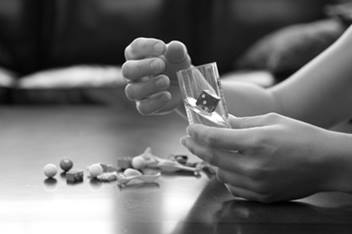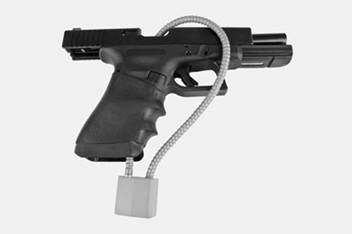Pet Medication Risks for Children
Almost two thirds of households in the US own a pet and many of these households have children that either live in or visit the home. As pet owners know, it is common for pets to need medications either to treat health conditions or to prevent things like fleas, ticks, and heartworm. Many parents, however, may not be aware of the risks these medications can pose to their families.
Pet Medication Injury Facts
- The Central Ohio Poison Center receives about 95 calls every year for children younger than 19 who have been exposed to medicines intended for pets. That’s about 2 calls every week.
- Most calls are for children age 5 years and younger who ate or swallowed the pet medication after they found it through exploratory behavior such as climbing on a counter or when there was an accidental or unintentional exposure that occurred while the parent was trying to give the medication to a pet.
- The majority of exposures occurred at home and were not expected to result in long-term or long-lasting health effects.
- Most of the calls were for medications intended for dogs.
Parents and caregivers can help can help keep their children safer around pet medications by following these tips:
- Keep all medications safely stored until it is time for the next dose.
- Keep medications up, away, and out of sight. Store pet medications where children cannot see or reach them – in a locked cabinet is best.
- Store away from human medicine. It’s easy to grab the wrong container and mix up pet medicine with human medicine. Help prevent this mistake by storing medicine for humans and medicine for pets in different locations.
- Keep in original containers. Keep all medicines, including those for pets, in their original, child-resistant containers with the label attached.
- Check for a clean bowl. Many vets recommend mixing pet medicines with food so they will eat it. If you need to do this, make sure your children are in another room before giving your pet the medicine/food mix and make sure the pet has finished all the food (and hasn’t spit it out somewhere) before children are allowed back in the room.
- Allow fur/skin to dry. For medication that you apply to the pet’s skin or fur, put it on when the children are in another room and allow the fur to dry and the medicine to be put away before children play with your pet.
- Know how to call the Poison Help Line. Save the national Poison Help Line number, 1-800-222-1222, in your cell phone, and post it in a visible spot in your home. Call right away if you think your child may have swallowed pet medication. You do not need to wait for symptoms to develop to call.
Additional Pet Medication Resources
- Veterinary-Prescribed Buprenorphine Ingestion in a 2-Year-Old Girl
- PubMed Abstract - August 2018
- Pediatric Exposures to Veterinary Pharmaceuticals
- PubMed Abstract - February 2017
- Press Release - February 2017
- Blog Post - March 2017



